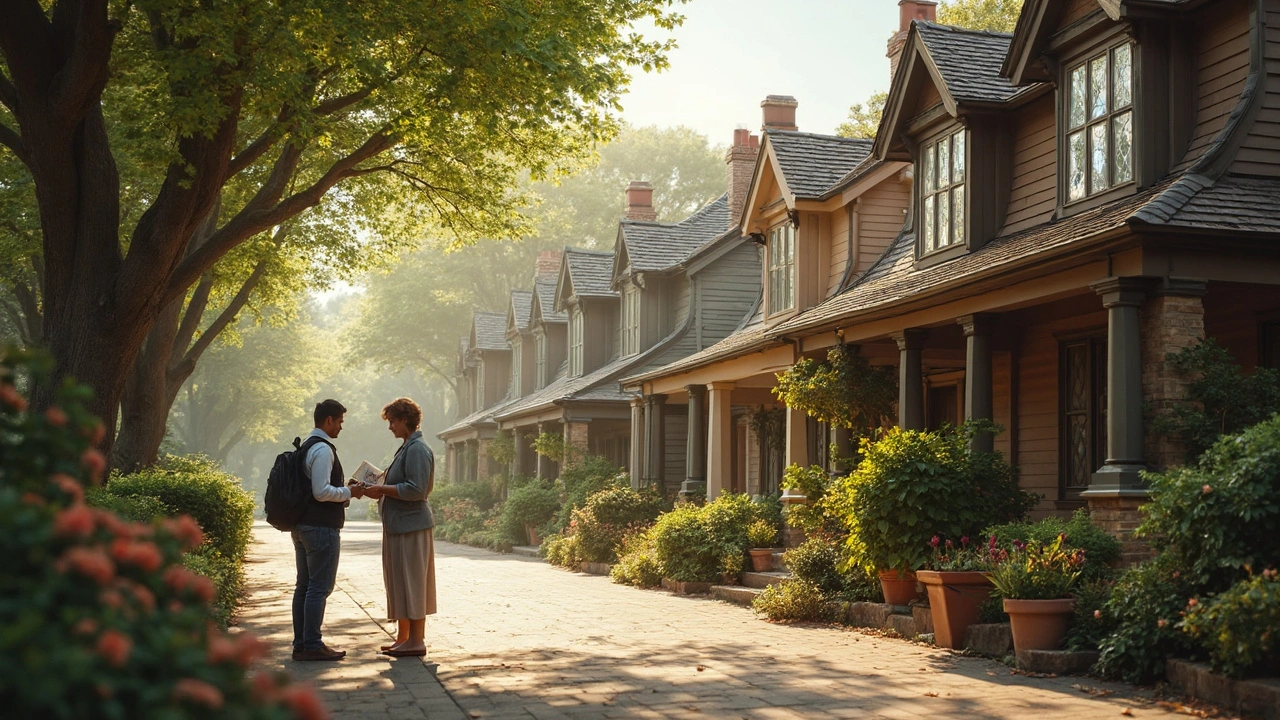This article unpacks the American Craftsman home style—what sets it apart, why people love it, and how you can spot one from a mile away. We’ll dig into its origins, signature features, and real-world tips for adding Craftsman charm to your home. Expect clear advice, interesting facts, and practical insights to help you appreciate and maybe even own a true Craftsman house. Dive into the heart of American home design in a way that’s easy to understand.
Home Style: Pick a Look That Fits Your Life
Want your house to feel like it belongs to you, not a catalog? The trick is to match the style to the building’s bones, your neighborhood, and how you actually live. A few smart choices early will save money and make renovations look intentional, not tacked on.
Quick tour of popular home styles
Colonial homes wear symmetry and formal details—think centered doors, balanced windows, and simple roofs. Greek Revival uses bold columns and pediments for a stately feel. Mediterranean Revival brings clay tiles, stucco walls, and shaded patios for warm climates. Mid-century modern favors clean lines, large glass panes, and open plans for indoor-outdoor flow. Ranch houses keep everything on one level with easy circulation; they’re great for family life or aging in place. Then there are bolder picks—Beaux-Arts and Baroque for drama, Bauhaus and International Style for minimalism, and neo-futurism for cutting-edge statements. Each style has clear clues: roof type, window shape, porch design, materials, and ornamentation.
How to choose—and make it work
Start by reading the house, not a magazine. What shape is the roof? How tall are the windows? Match your updates to those features. For example, a Victorian shell rarely looks right with mid-century modern windows; instead, refresh trim and colors that respect the original lines.
Think climate and maintenance. Wood siding and intricate trim look great but need more upkeep in rainy areas. Clay tile roofs are perfect in Mediterranean climates but heavy and costly where winters bring freeze-thaw cycles. Choose materials that last where you live.
Respect neighborhood context. A sudden ultra-modern box on a street full of colonial facades will stick out—and may face local restrictions. You can still modernize inside while keeping an exterior that reads well with neighbors.
Focus on three visible elements to define the style: roofline, windows/doors, and exterior materials. Change one or two of these and the house can shift styles without a full rebuild. Swap a porch, choose new windows that match the rhythm of the facade, or update cladding to wood or stucco for a quick, cohesive shift.
Practical tips: create a mood board with photos you actually like, measure proportion (window-to-wall ratio matters), and pick a limited palette of materials—three at most. If you’re renovating a historic house, check preservation rules early. For small budgets, prioritize curb-facing changes; they give the most visual impact per dollar.
Want to learn specifics? Read pieces on colonial, Greek Revival, Mediterranean, mid-century, and ranch styles to see real examples and practical renovation tips. Your home can be both stylish and sensible—choose details that serve how you live, not just how it looks online.
American Craftsman homes offer an alluring blend of classic design and practical functionality. Known for their quality craftsmanship and attention to detail, these houses evoke a charming and inviting atmosphere. Born from the Arts and Crafts movement, they emphasize handcrafted elements over industrial production. With features like built-in furniture, large fireplaces, and exposed beams, Craftsman homes cater to those who appreciate artistry and authenticity in architecture.


